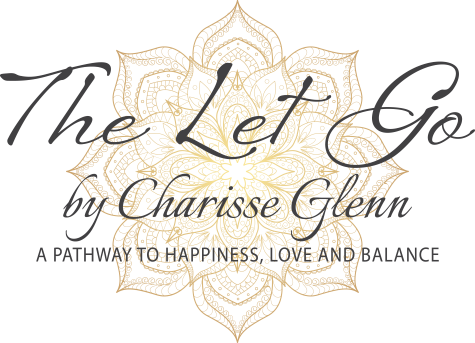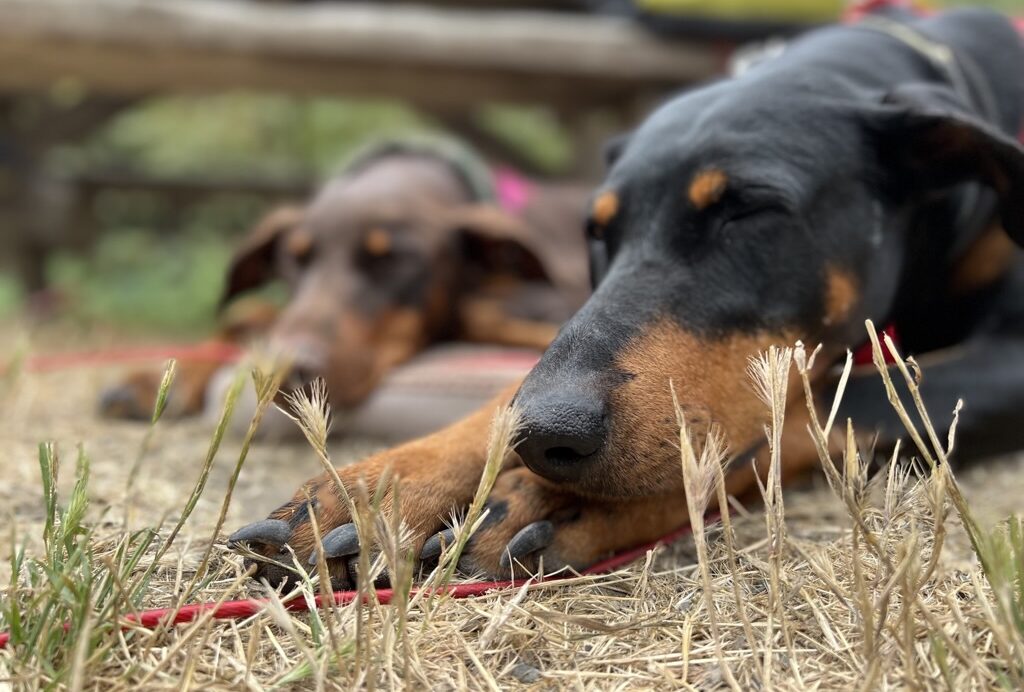Worry does not empty tomorrow of its sorrow. It empties today of its strength.
~ Corrie Ten Boom
Worry is a sneaky thief. It promises us control, but robs us of peace. It has never prevented a bad outcome, never softened a blow, never offered a solution. And yet, we hold on to it like it’s a necessary burden, like worry somehow proves we care. The truth is: if you can’t change it, worrying about it won’t help. It usually makes things worse. Worry accomplishes nothing.
The body doesn’t distinguish between real danger and perceived danger. When we worry, our nervous system reacts as if the house is on fire — even when we’re just lying in bed at 3 am, spinning in “what-ifs.” Stress hormones, such as adrenaline and cortisol, flood the body, preparing us to fight or flee. These responses are vital in real emergencies. But many of us live in a chronic state of hypervigilance, caught in a loop of imagined disasters. Over time, this constant state of worry and anxiety depletes us. It wears down our immune system, clouds our clarity, weakens our hearts — both literally and figuratively. We become exhausted, edgy, and unable to access the inner stillness that lives beneath the noise.
This is where The Let Go comes in, not as a quick fix or spiritual bypass, but as a conscious practice. A daily, sometimes hourly, return to presence. Letting go doesn’t mean denial. It doesn’t mean we stop caring. It means we stop gripping. We release our attachment to outcomes we can’t control — and instead, choose trust.
I was reminded of this in a very real way when my young dog, Belle, suddenly fell gravely ill. The cause was unclear; possibly poison or toxin, but her red blood cell count dropped so low that she needed an emergency transfusion to survive. There was no canine blood available; the only option was a direct dog-to-dog transfusion, using my other dog as the donor. I had no time to waste, and I had no guarantee that this would work. The risk was enormous. As I brought both dogs into the clinic to go under anesthesia at the same time, my mind began to spiral. I could feel the pull. The pull of panic, of grief before it even happened, of playing out worst-case scenarios in vivid color. But I had a choice.
In that moment, I chose presence. I chose breath. I chose to let go — not of the love, but of fear.
Like a meditation, every time my mind wandered into fear, I gently brought it back to the present moment. Stay here. Stay now. This was the practice. Not perfect, but intentional. When well-meaning friends offered articles, theories, or worst-case warnings, I kindly declined. Not because I didn’t care, but because I couldn’t afford to be pulled into “what ifs.” I knew what I could do, and I did it. The rest was out of my hands.
Letting go doesn’t mean sticking your head in the sand. It means knowing what’s yours to carry and what isn’t. It means being informed, aware, and grounded, but refusing to let worry consume your light. In the end, Belle survived. The transfusion worked. And while I can’t say that letting go changed the outcome, I can say it changed me. It allowed me to walk through that experience with grace, clarity, and strength. It allowed me to be fully present with both dogs, not just physically, but emotionally as well. And for that, I’m grateful.
If you can’t change it, let it go, not for the outcome, but for your peace. Because worry won’t carry you through the storm, presence will.
As a rule, men worry more about what they can’t see than about what they can.
~ Julius Caesar





